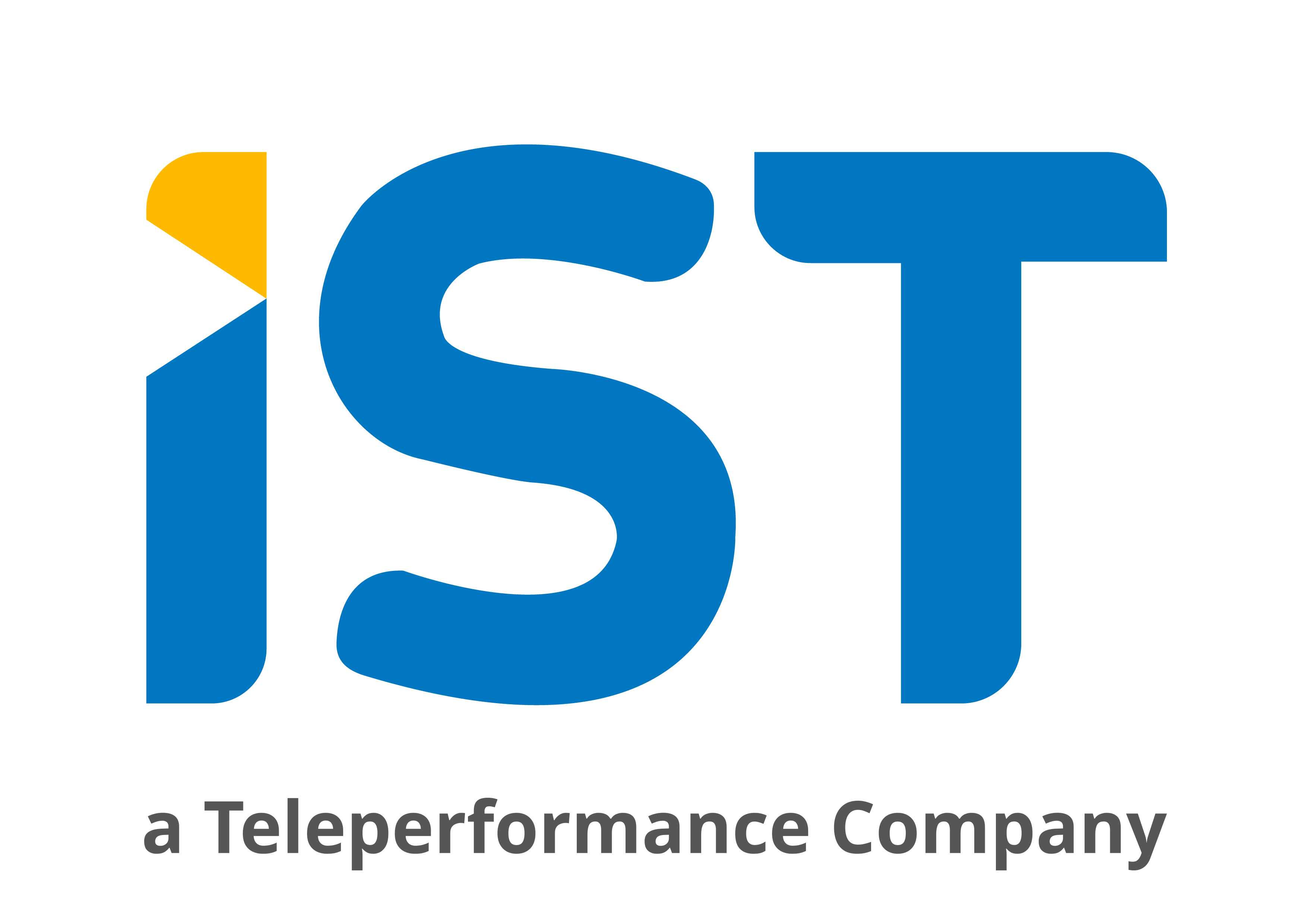
Many are opting to migrate their contact centers to the cloud. Based on a recent cloud adoption survey conducted by IDC in the Middle East: one of the top 4 concerns facing organizations when considering a cloud-based customer engagement solution was:
difficult cloud migration. (Download survey results)
There has been a strong general consensus on the benefits of cloud-based models, from disaster recovery and business continuity benefits to sidestepping the whole CAPEX model business. These are only a fraction of what cloud-based solutions have to offer, however, successfully migrating your on-premise call center to a cloud contact center is a task that should not be taken lightly, migration to the cloud is a mission that should be phased out sensibly.
Phase 1: Evaluate Your Contact Center
As obvious as this step seems, many organizations overlook this phase and rush into implementing attractive solutions without assessing their current situation. A good starting point is to evaluate what your contact center key performance indicators are. Answering questions like: What it is you are trying to achieve? and how will these actions affect your KPIs? will allow you to define areas of development, as well as highlight which parts need to be maintained and supported to continue performing well. Are you migrating your whole contact center to the cloud or are you going to slowly phase it out? Carrying out this exercise will give you a better indication of which components, systems and channels you should be migrating to the cloud and which ones if any, you can keep running on-premise.
Our Tip: Don’t Skip This Phase. Carry out a thorough assessment of your current situation, evaluate current systems and channels, define KPIs and pinpoint weaknesses.
Phase 2: Select The Right Solution
Another simplistic phase, wait is it? When it comes to cloud, everybody tends to go for the most popular solutions out there but with such complex systems like customer engagement solutions, it’s important to select the solutions that best accommodate and/or compliment your current systems and that are the most relevant to your business needs. Taking these points into consideration will make sure that the migration takes place gracefully and does not interrupt everyday business. Features to investigate when selecting a cloud contact center solution: omni-channel engagement, collaboration tools, reporting capabilities and security & compliance.
Phase 3: Choose a partner you trust
Now that you have a plan and have selected the cloud solution that best meets your technical and business needs. You need to find a partner that can help you go through this migration smoothly. The most important criteria you should be looking at is whether this partner is geographically available both for implementation and on-going support. You don’t want to be making deals with partners in the North Pole if you are in Djibouti. Moreover, you need to select partners that have development knowledge and resources in order to integrate your new systems to your existing systems such as CRM etc.
Our Tip:local presence, implementation & development expertise and reliable support are all attractive characteristics of a trusted partner.
4. Prepare Your Staff
Although cloud solutions tend to be designed with simplicity in mind, your agents ,administrators, supervisors, managers and developers are accustomed to the systems they already use, make sure you prepare them all well in advance so they can start to get familiar with the new technologies. Try to look for solutions that have intuitive interfaces, dedicated on-boarding programs and rich resource centers.
Our Tip: Ensure that all users and stakeholders receive adequate amount of training and support during the transformation phase.
5. Use the right migration tools
Moving databases around can cause a huge deal of inconvenience. Issues can range from security to dealing with different database limitations or paramaters. Using the right tools to migrate databases is imperative for the security and integrity of your data. In order to access the right migration tools you would have had to have selected the right provider; usually all the difficult IT is taken care of by the provider giving you easy tools to configure, manage and migrate your systems yourself.
Our Tip: Consult with an expert during this process who can help you develop a secure migrating strategy.
Source: IST Blogs
Recent Posts

